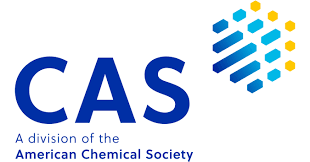Nanoemulsion for skin drug delivery
DOI:
https://doi.org/10.56770/jcp201810Keywords:
Nanoemulsion, Composition development, Drug release, CharacterizationAbstract
The use of nanoemulsion in augmenting dermal and transdermal effectiveness of drugs has now well established. The development of nanoemulsion based semisolid dosage forms is an active area of present research. However, thickening or liquid-to-semisolid conversion of the nanoemulsions provides opportunities to the formulation scientist to explore novel means of solving instability issues during transformation. Extending knowledge about the explicit role of nature/magnitude of zeta potential, types of emulsifiers and selection of appropriate semisolid bases could place these versatile carriers from laboratory to industrial scale. Nanoemulsions are termed as biphasic (O/W or W/O) or multiple nanoemulsions (W/O/W). Oil phase components include fatty acids (e.g., oleic acid), esters of fatty acids and alcohols (e.g., isopropyl myristate, isopropyl palmitate, ethyl oleate), medium chain triglycerides, triacetin, terpenes (e.g., limonene, menthol, cineole) and other penetration enhancers. Till date several approaches have been employed to develop nanoemulsions (size range 20–200 nm) which are High-energy emulsification and Low-energy emulsification. NanoemulsionS are found effective to treat psoriasis, dermatitis and cancer.
Downloads
Published
How to Cite
Issue
Section
License
Copyright (c) 2019 The authors retain the copyright without restriction.

This work is licensed under a Creative Commons Attribution 4.0 International License.









